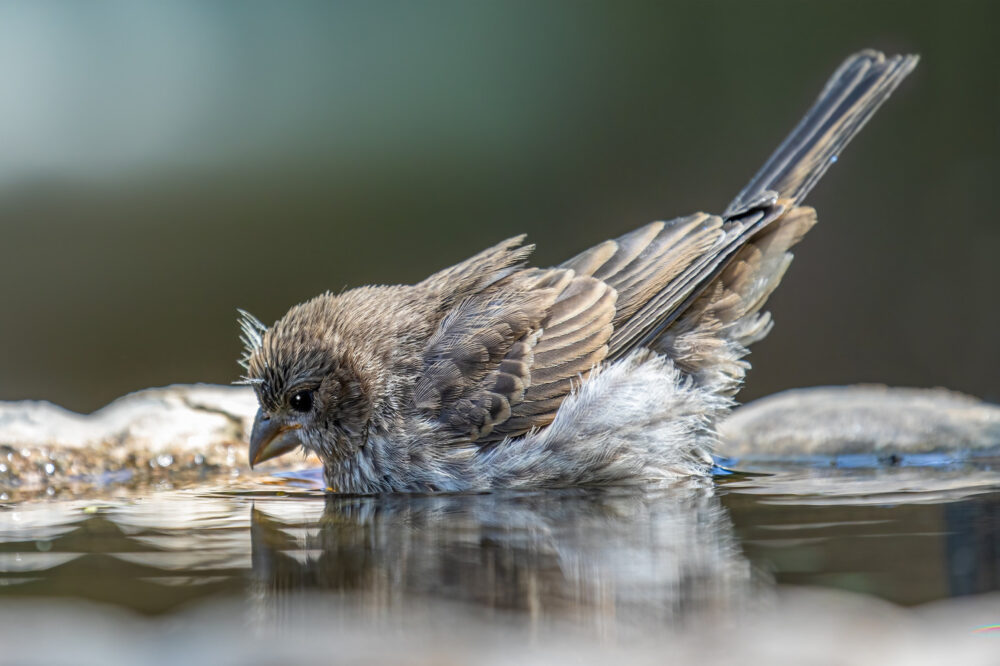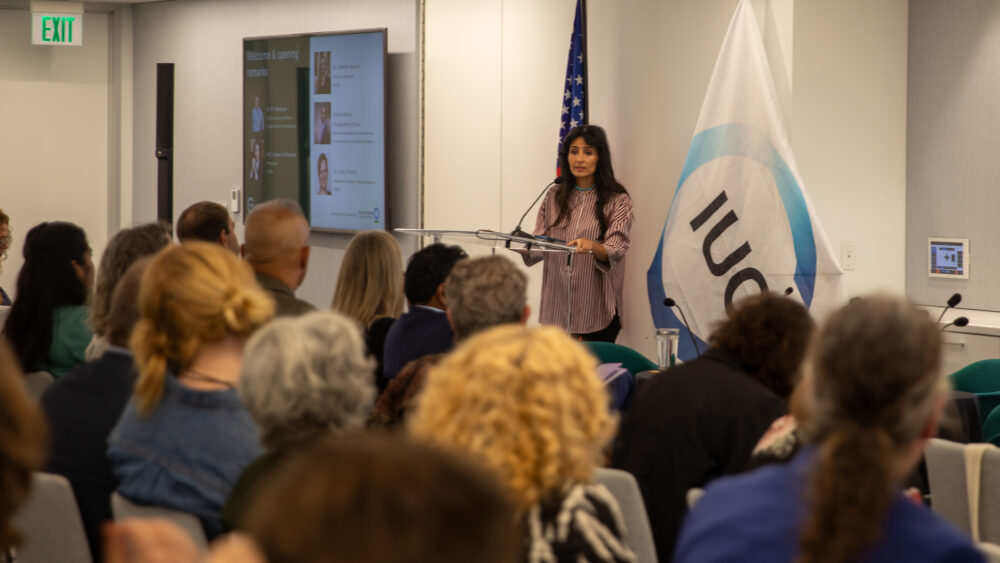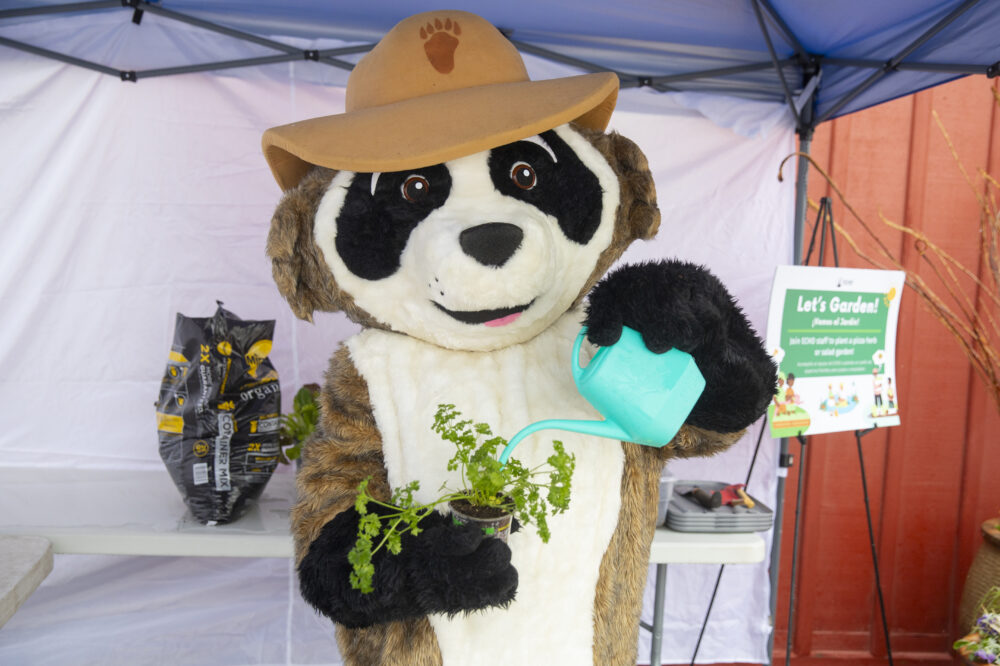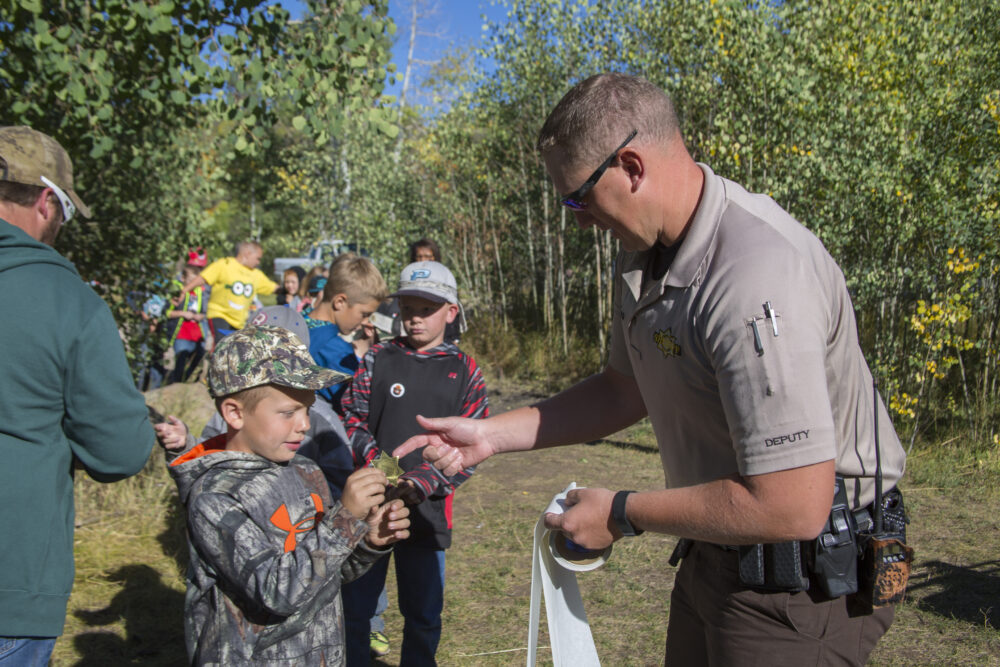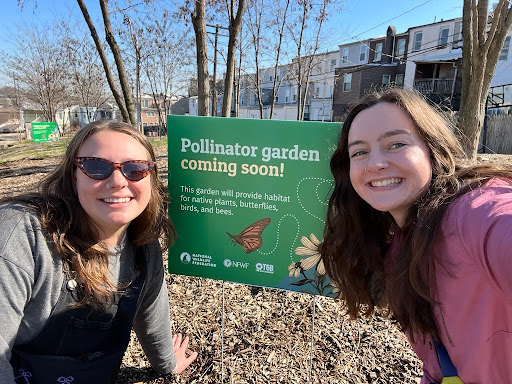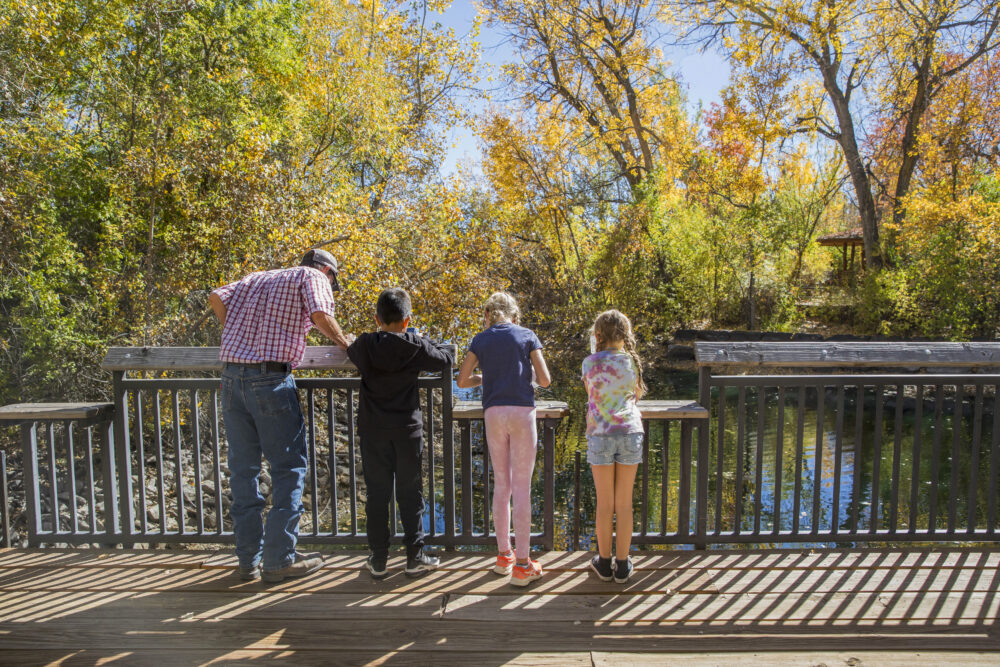We have much more to do and your continued support is needed now more than ever.
Education Newsletter Fall 2022
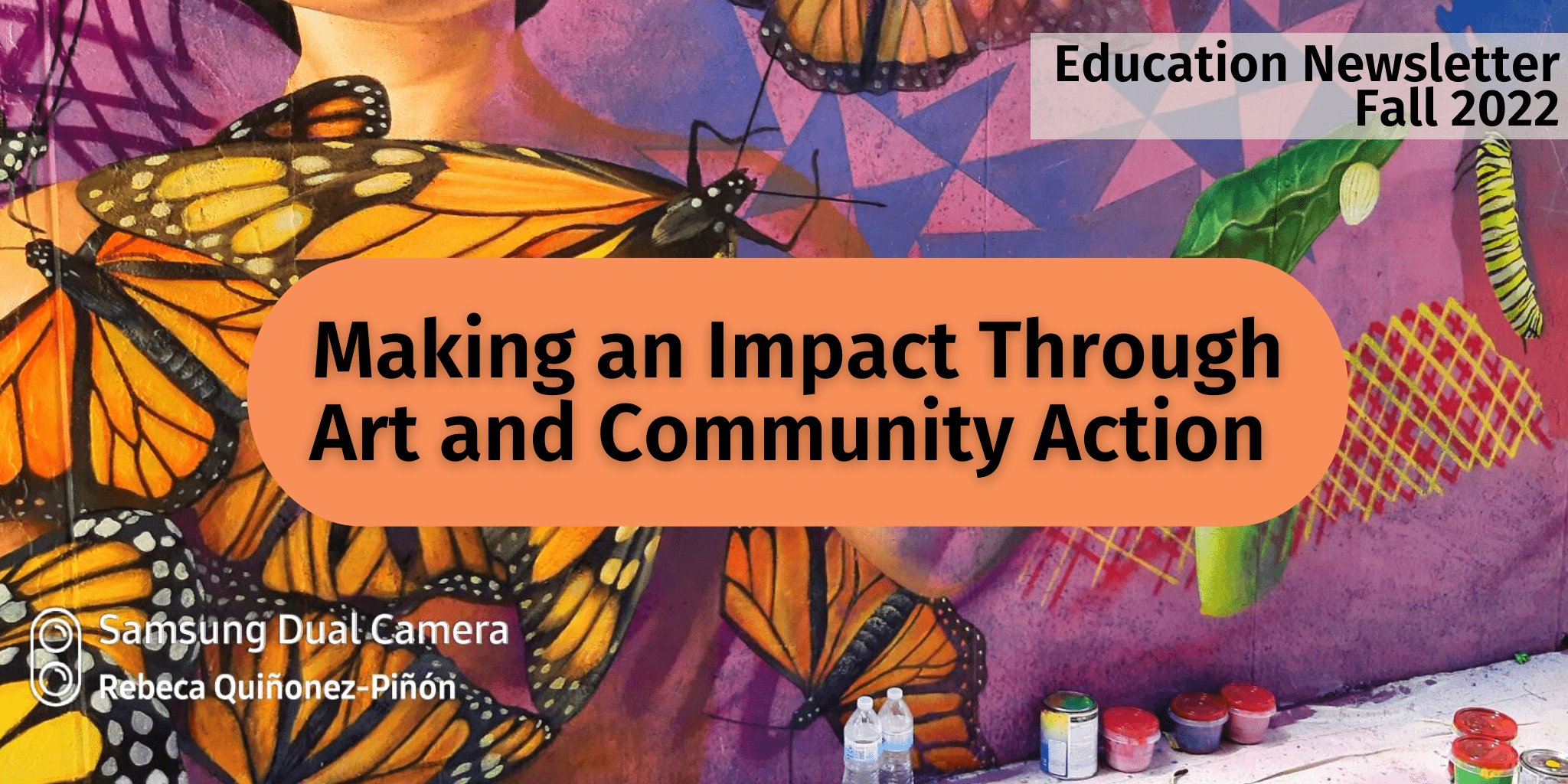
Hello, from the National Wildlife Federation’s Education Team
In this issue, you’ll read about an inspirational mural in Texas, environmental justice and youth leadership in New York, and a nationwide effort to divert candy wrappers from landfills.
At first glance, there appears to be no connection between these seemingly independent stories. Upon further reading, discover the invisible thread connecting everything — the desire to restore ecosystems and create healthy and thriving communities for wildlife and people.
We hope you enjoy this issue! If you’d like the latest education news and resources delivered straight to your inbox, please subscribe to our E-News!

— Jennifer Brown
Digital Content Manager, NWF’s Education & Engagement
Art Inspires Monarch Butterfly Conservation
A new mural celebrates the habitat restoration and conservation initiatives implemented by the city of McAllen and other cities in the Lower Rio Grande Valley of Texas to protect the enigmatic and imperiled migratory monarch butterfly. The artwork, titled “Destino Monarca,” after the National Wildlife Federation’s monarch conservation plan for the Lower Rio Grande Valley of Texas, was created by the renowned artist Irving Cano and unveiled by Mayor Javier Villalobos at a community event on August 17, 2022.
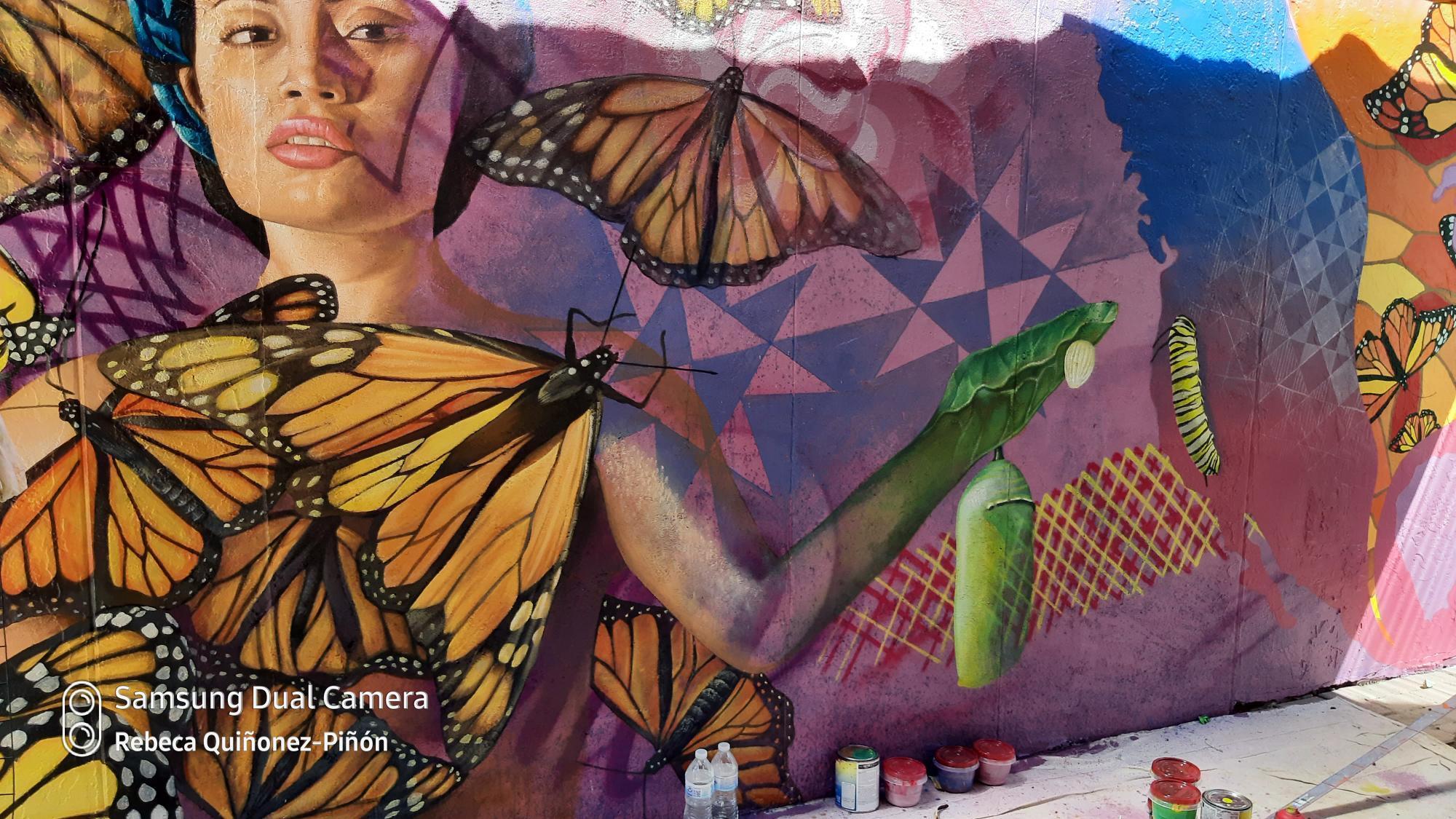

“The iconic monarch butterfly is in peril because of deforestation and climate change, but across backyards, towns, and cities, individual actions can make an enormous difference in supporting this unique species,” said Dr. Rebeca Quiñonez-Piñón, chief monarch recovery strategist for the National Wildlife Federation.
“Texas is a crucial piece to the monarch conservation puzzle and a vital state for the eastern migratory monarch butterfly by serving as a refuge and breeding ground and providing native milkweed during the spring and fall migrations. The city and its residents have demonstrated their commitment to protecting monarch butterflies, and we thank them for their incredible collaborative contributions to monarch conservation in the Lower Rio Grande Valley of Texas.”
New Urban Green Spaces

Through the Climate-Resilient Habitat Program, Dr. Quiñonez-Piñón and partners in the Lower Rio Grande Valley of Texas are restoring more than 75 acres of climate-resilient native habitat within urban communities. These new urban green spaces will provide food (climate-resilient native nectar plants), shelter, and native host plants that monarchs and many other migratory species require to survive their fall migration and reach their overwintering grounds, like the Monarch Butterfly Biosphere Reserve. These spaces, also known as stopover areas, will increase the ecological connectivity in Deep South Texas and eases the migration journey of monarchs and many neotropical migratory birds.
For more information, check out the Monarch Stewards Certification Program! Volunteers learn how to create native pollinator-friendly habitats, contribute to research through monarch citizen science, and amplify pollinator conservation through outreach and educational presentations.
Environmental Justice in Action
Did you know that high school students can join the NWF EcoLeaders Community and earn badges for their demonstrated leadership skills? The latest EcoLeader Badge opportunity – the EcoLeader Environmental Justice Badge– guides participants through the EcoLeader continuous learning and leadership cycle to explore the history and current implications of environmental justice, consider what environmental justice means to you and your community and determine an action you would like to take to make positive change. Other badges include the Wildlife Crossing, Monarch/Pollinator, and Eco-Schools USA Badge. Explore all the badges and help us share this opportunity widely.
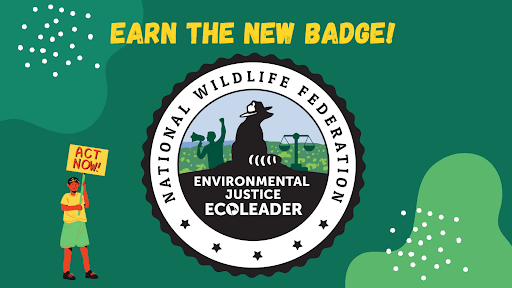
Environmental Education and Leadership Programs
Another program for high schoolers, the Niagara County Youth Environmental Education and Leadership Program (NCYEELP), has been ongoing since late 2019. The program, created and funded by New York State Attorney General Letitia James and developed and implemented by a collaborative partnership between the National Wildlife Federation and the Buffalo Niagara Waterkeeper, has been using the NWF Earth Tomorrow school-based club model to promote environmental awareness, literacy, and engagement among Niagara County high school students.
During the 2021/22 academic year, the Lockport High School Earth Tomorrow Club focused its efforts on habitat creation and watershed improvement projects throughout Niagara County. After hearing a presentation from Black Rock Riverside Alliance, an NWF partner leading the effort to earn Community Wildlife Habitat Certification for Niagara County, inspired students were ready to get involved!
The NYCEELP has been very helpful and inspirational. It has started us on a more meaningful path to becoming more engaged with our school and community as we pursue environmental studies. It couldn’t have come at a more difficult time but I think we made the most of it! I envision years of exciting work with my students and will continue to look to National Wildlife Federation and Buffalo Niagara Waterkeeper as a resource!
Megan Hauser, Lockport High School Environmental Studies Teacher, and Earth Tomorrow Student Club Advisor

Club students participated in a community outreach and awareness campaign to promote the importance of gardening with native species to support entire ecosystems, including vital pollinators like bees, butterflies, and birds.
Club student, Cristal Perez, led an information table and native plant giveaway at the Lockport Community Market in spring 2022. She encouraged the community members to certify their yards as National Wildlife Federation Certified Wildlife Habitats. Students also began researching potential spaces for schoolyard habitats on their school campus and look forward to continuing that effort in the future.
Students also volunteered to replace non-native grass with native plants that serve as food for native pollinators at Olcott Harbor, NY, at the mouth of the Eighteen Mile Creek. Most of Lockport, NY, exists in the Eighteen Mile Creek watershed of Niagara County, which leads to Lake Ontario. This project helps to protect healthy ecosystems and riparian areas (buffer zones) along waterways.
Another Successful Trick or Trash Campaign
Our education social media channels have been buzzing with posts about the annual Trick or Trash™ campaign, now in its 4th year. Five thousand Trick or Trash boxes were placed in schools, small businesses, and community organizations across all 50 states as part of the 2022 campaign. The National Wildlife Federation created classroom lessons to support the campaign as Rubicon’s official Trick or Trash education partner. Young students learned recycling basics leading up to Halloween, while the circular economy has been a topic of discussion for older youth. Rubicon staff developed a series of videos like this one, demonstrating how candy wrappers are recycled.
Why is collecting discarded candy wrappers so important? The material used for candy packaging is difficult to recycle through typical curbside recycling programs. With millions of pounds of candy purchased this time of year, the Trick or Trash program diverts candy wrappers from reaching overburdened landfills. Ultimately, this could also reduce waste that ends up in local watersheds and, eventually, the ocean.
Did your school participate this year? Share your photos on social media with the hashtag #TrickorTrash.
Resources
What We Are Reading
- Have you heard about the NOAA Planet Stewards Book Club? View the list for the current school year and find out how to join the discussion!
- Delaware River Fellows work to raise environmental awareness in their communities in A Cool Summer Job in Conservation.
Take the #Teach10Hours4Climate Pledge!
- We invite teachers, students, schools, and school districts to pledge to commit to 10 hours of climate instruction during the 2022-23 school year, and beyond. The #Teach10Hours4Climate Guide has planning worksheets and resources to help you get started. Help us spread the word!

